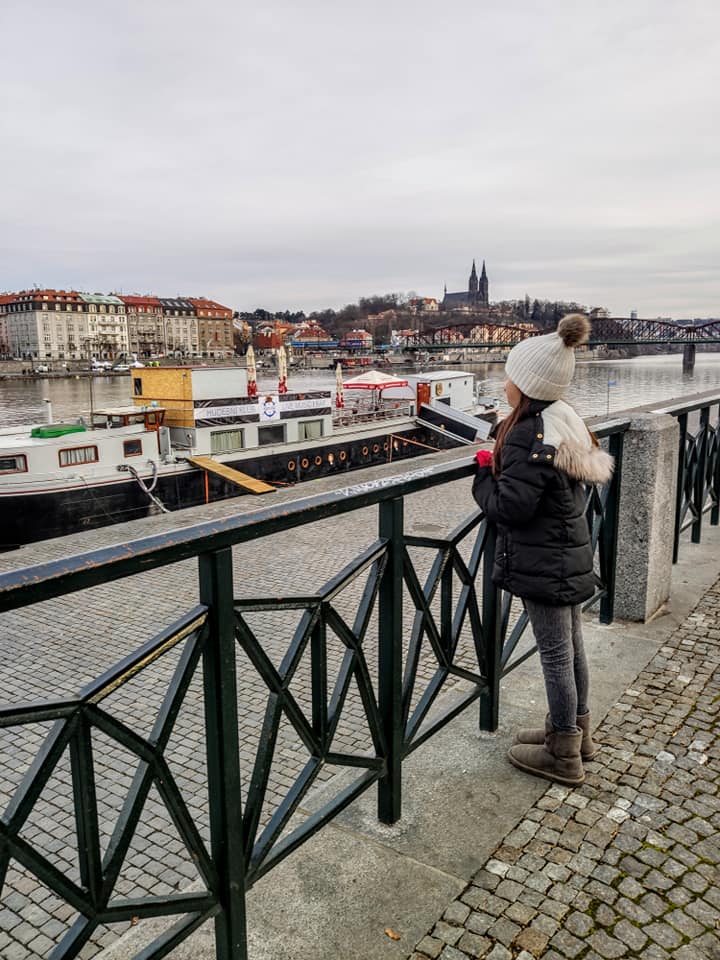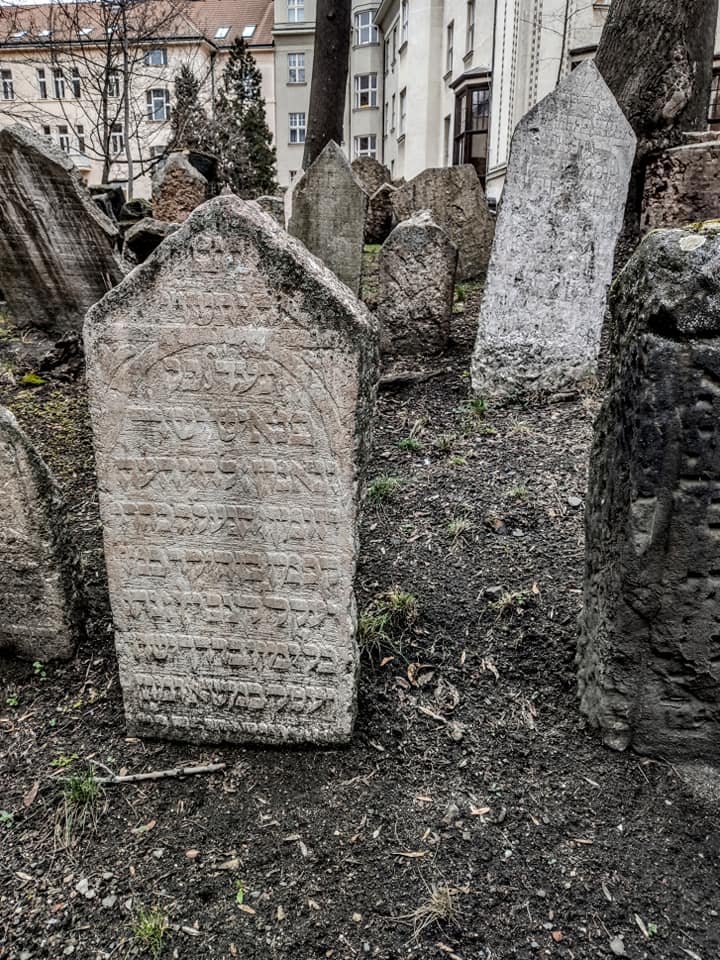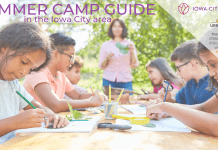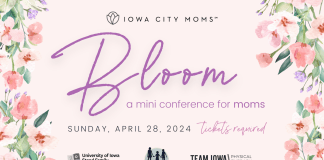“I recognize that we who survived the Holocaust have a responsibility to tell our stories to give hope to the slogan ‘Never Again.’” – George Elbaum, Holocaust survivor
It is never easy to talk to our children about difficult topics. There’s always the doubt about whether or not we are presenting the facts accurately or if our conversations could instill more worry or fear.
We want to protect our children from everything and sometimes that includes protecting them from historical atrocities.
Living in Europe brings out a side of history that American children might not come into contact with until a much later age. I knew that one day my children would approach me and ask questions about the Holocaust — but I didn’t think that it would happen until they were older.

In Europe, it is common for children to learn about the Holocaust at a younger age than what I remember in the states.
This is partly due to the demographics of where it took place. I personally didn’t study the Holocaust until my sophomore year in high school. There was very little information in our textbooks. It was more about the rise of Hitler and the U.S. winning the war. There was only about a page that discussed the specifics of the treatment and genocide of millions of Jewish people. We then watched Schindler’s List and my parents had to sign a waiver from the school before I was allowed to view it.
My first experience lacked in education so of course I panicked when my daughter asked me, “who is Hitler?” I immediately avoided her question and tried to change the subject. After some time had passed I asked myself why didn’t I just answer her question?
Was I hesitant to respond because she is “too young” or is it because the subject was too difficult for me and I wanted to protect her?
Although some families might want to wait to discuss this topic, my husband and I felt that (while living abroad) it was best for us to begin the conversation earlier with our oldest daughter, who is eight.
That’s when I did some reading about how to present the Holocaust with younger children. When in doubt, seek out the experts.
We recently took a trip to Prague. During our holiday we wanted to visit the Jewish Memorial and cemetery in the (former) Jewish ghetto. It was during this time that we decided to lean into our own discomfort and visit the location as a family. This is something that we had avoided previously when visiting Germany and Austria.

Prior I had asked my daughter if she would be interested in learning more based on her question about Hitler. I explained to her what she might witness at the memorial in a way that she would understand. I’m not sure if it was the “right” way, but it was a way that I felt comfortable with.
Reflecting on our discussion I realize that much of the discomfort came from within me.
However, the sooner we present the topics of prejudice and injustice to our children the better.
Please know that I am by no means an expert on this topic nor was I raised in the Jewish faith. My “expertise” lies on the same level as all of you . . . being a parent.
My hope with this post is to give my unsolicited advice based on my own personal experience and to offer my recommendations on child friendly literature to help guide you through a conversation about the Holocaust with your children.
Advice: How to Talk about the Holocaust with Children
Get Down on Their Level
Discuss it in a way that is age appropriate for your child. Before we entered the memorial, I chose to kneel down next to my daughter and speak to her at eye level. I wanted her to be at ease and let her know that although the subject is serious, these memorials, stories, and the conversation we were having is not meant to frighten her.
Graphic Images and Details
Depending on your child it might be wise to avoid the graphic images, the torture, or the specifics of what went into the executions unless your child is old enough to understand and process it.
Talking Points
It’s always good to have conversations around why the Holocaust was wrong and how we can do better as a society to prevent it from ever occurring again. Conclude with proper ways to stand up to something that is harmful and wrong.
Prepare Them for Imagery
I explained what she might see in the memorial — photographs of men, women, and children. What they might be wearing in the photographs. How they might look very sick and/or thin.
Stress that it is okay to look away if they feel uncomfortable and encourage them to let you know if they are scared. Don’t assume that everything is okay if they are silent. Ask them how they are feeling and if they have any questions.
Don’t Force It
Although history is extremely important don’t force this on them. Read your child’s reactions and body language. You know them best. If you sense something is wrong then it is probably not the time to introduce this.
Guide Them
This is a time to educate. Your child may or may not know what they are looking at so it is good to read the descriptions to them or request an audio guide.
Talk Emotions
We talked about how the memorial could spark many emotions and that it was okay to feel sad, angry, and even cry. We also explained that our emotions show empathy and it is very normal to react this way.
Assurance
We assured her that she is safe. That these memorials have been created to remember those who were killed, but also to remind us to never allow this to occur again.
It’s good to lay the groundwork at the beginning and it is just as important to end with a positive. Evil was present during this time, but it’s also important to remember that there were stories of goodness and hope.
Consider talking about the survivors and present their stories to your child, and discuss the strength of those that stood up to the Nazis and helped others hide, and get help. Finally, acknowledge how many people came together as a community to stay strong.
Resource Recommendations
Continue the conversation with child friendly texts. This can help with some of the questions that you might be unable to answer. Here are a few resources I recommend:
- Holocaust Picture Books: An Annotated List by Keith Schoch
- Video: Kids Meet a Holocaust Survivor










